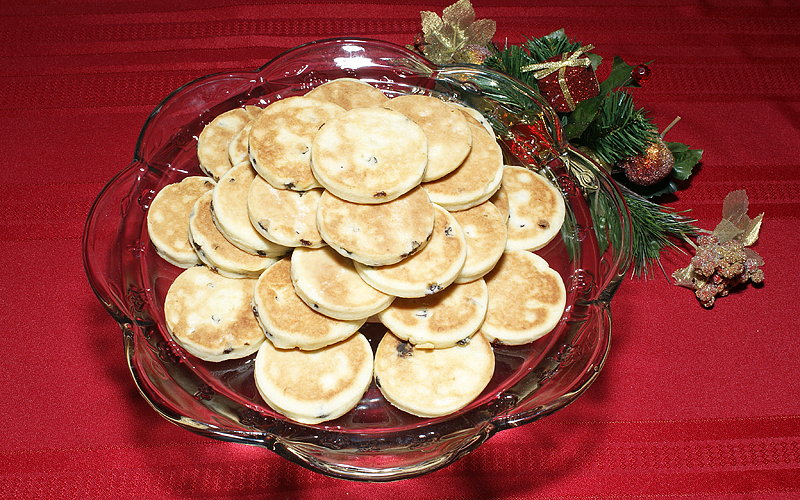
Getting people to share their stories isn't always easy. Follow these step-by-step ideas for a successful family history interview!
Interviews are best done in person but can be done on the phone or via Skype.
Here's How:
- Schedule a time in advance. This gives everyone a chance to prepare.
- Prepare a list of questions beforehand and either share them with your relative, or give them an idea of what you want to cover.
- Bring several notepads and pens to the interview. If you plan to make a recording, be sure to have a tape player, microphone, extra tapes and batteries. Be sure you get permission for any taping you do.
- Take good notes and make sure you record your name, the date, the place the interview is being conducted and the interviewee.
- Start with a question or topic that you know will elicit a reply, such as a story you have heard her tell in the past.
- Ask questions which encourage more than simple 'yes' or 'no' answers. Try to elicit facts, feelings, stories and descriptions.
- Show interest. Take an active part in the dialogue without dominating it. Learn to be a creative listener.
- Use props whenever possible. Old photographs, favorite old songs and treasured items may bring memories flooding back.
- Don't push for answers. Your relative may not wish to speak ill of the dead or may have other reasons for not wanting to share. Move on to something else.
- Use your prepared questions as a guideline, but don't be afraid to let your relative go off on a tangent. They may have many things to say that you never thought to ask!
- Don't interrupt or attempt to correct your relative; this can end an interview in a hurry!
- When you are done, be sure to thank your relative for her time.
- Put your relative at ease by telling them that they will have a chance to see and approve of anything that you write before you share it with others.
- Keep the interview length to no more than 1-2 hours at a stretch. It's tiring for you and for the person being interviewed. This is supposed to be fun!
- Consider preparing a transcript or written report as a tangible thank you to your relative for her participation.
Tips:
Adapted from: http://genealogy.about.com/cs/oralhistory/ht/interview.htm




